Tehama Mendocino Fuel Reduction Partnership
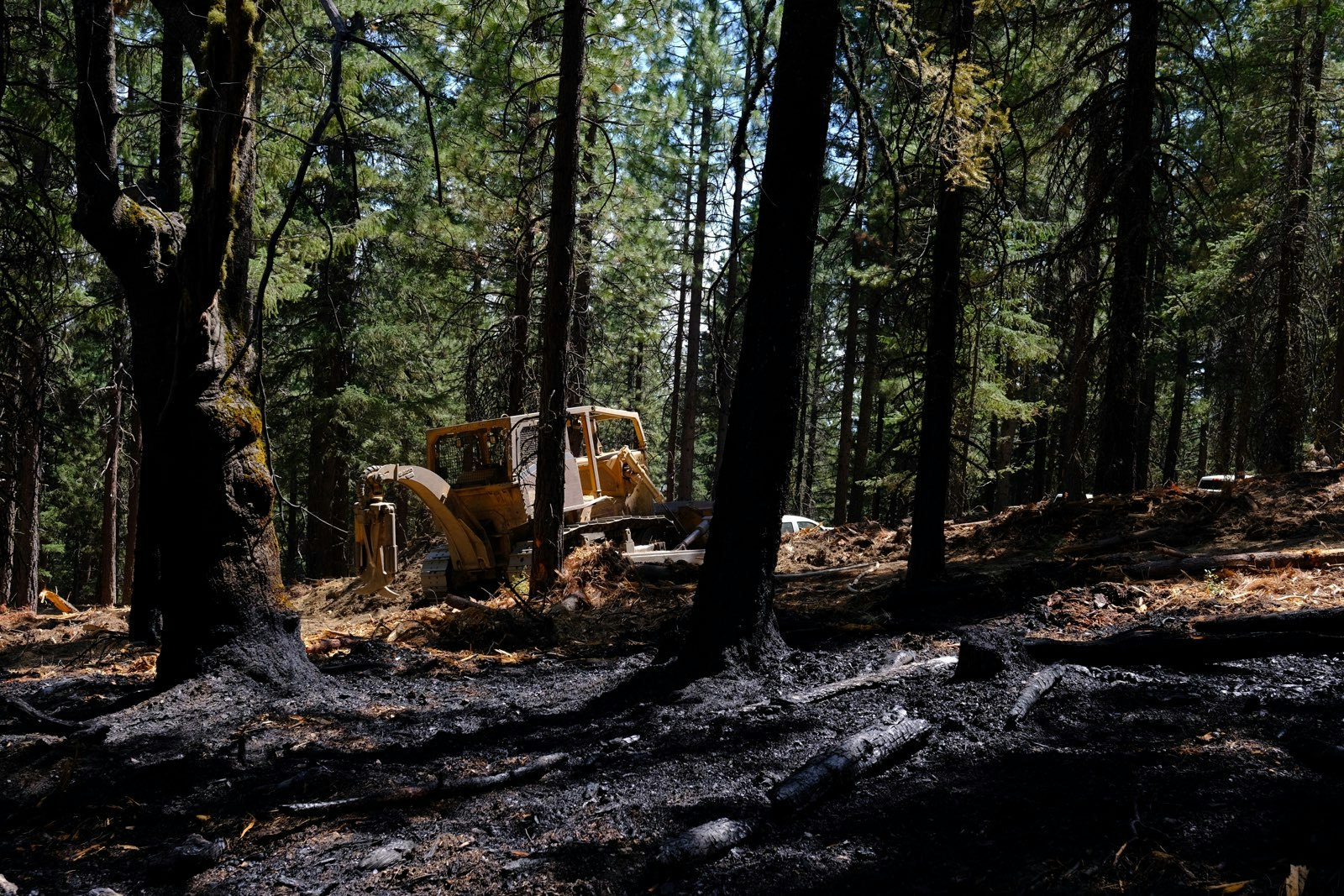
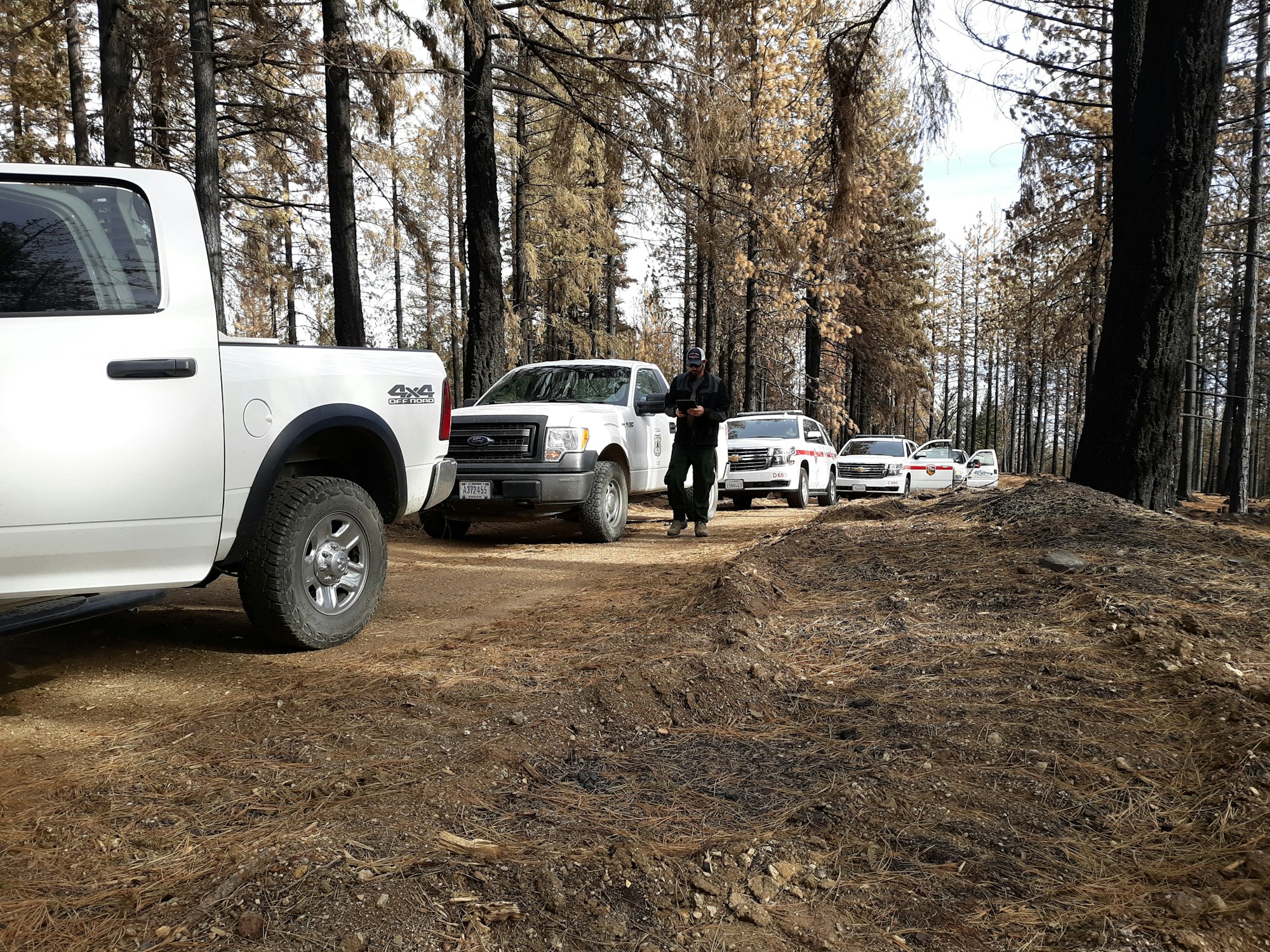
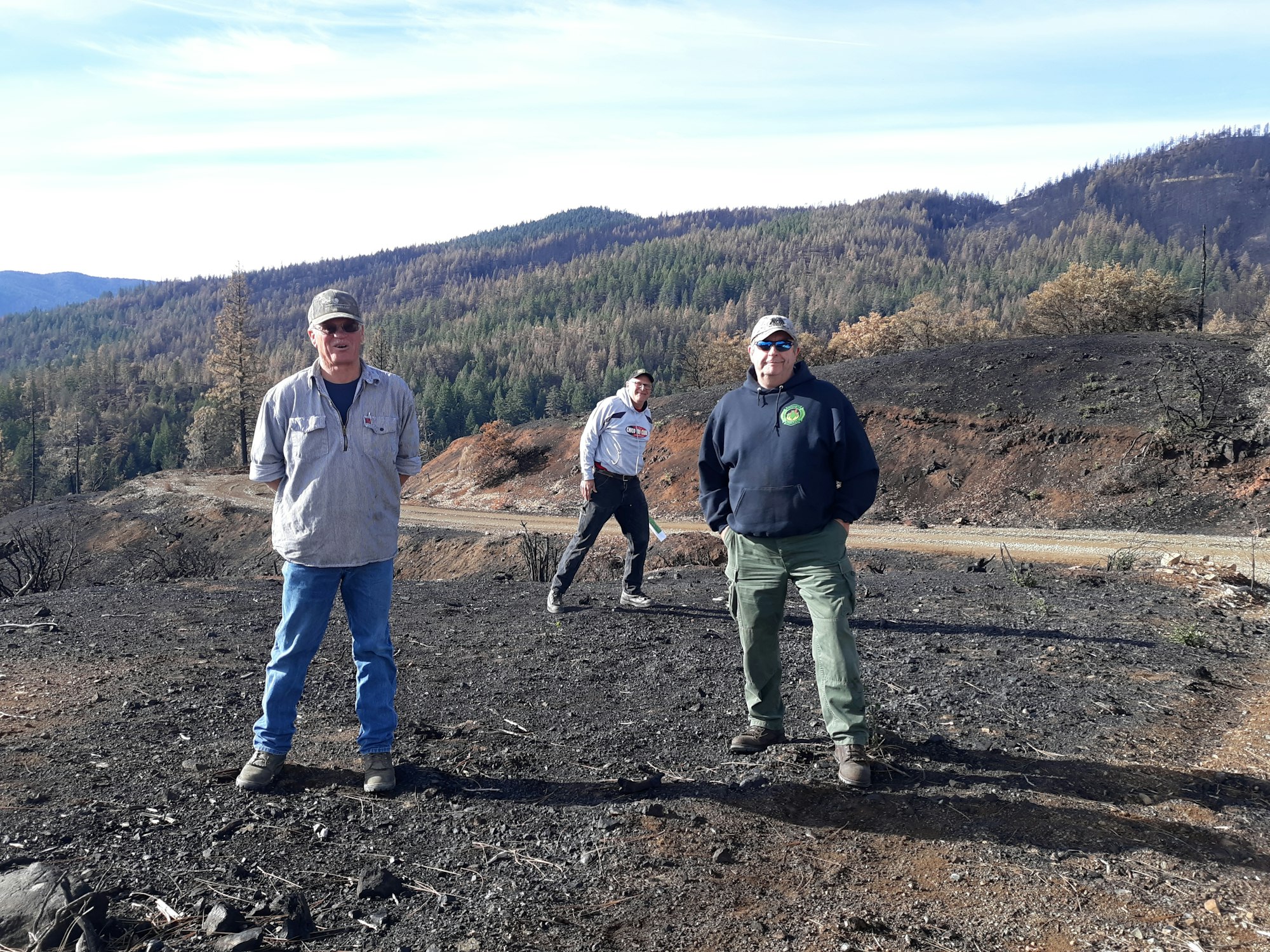

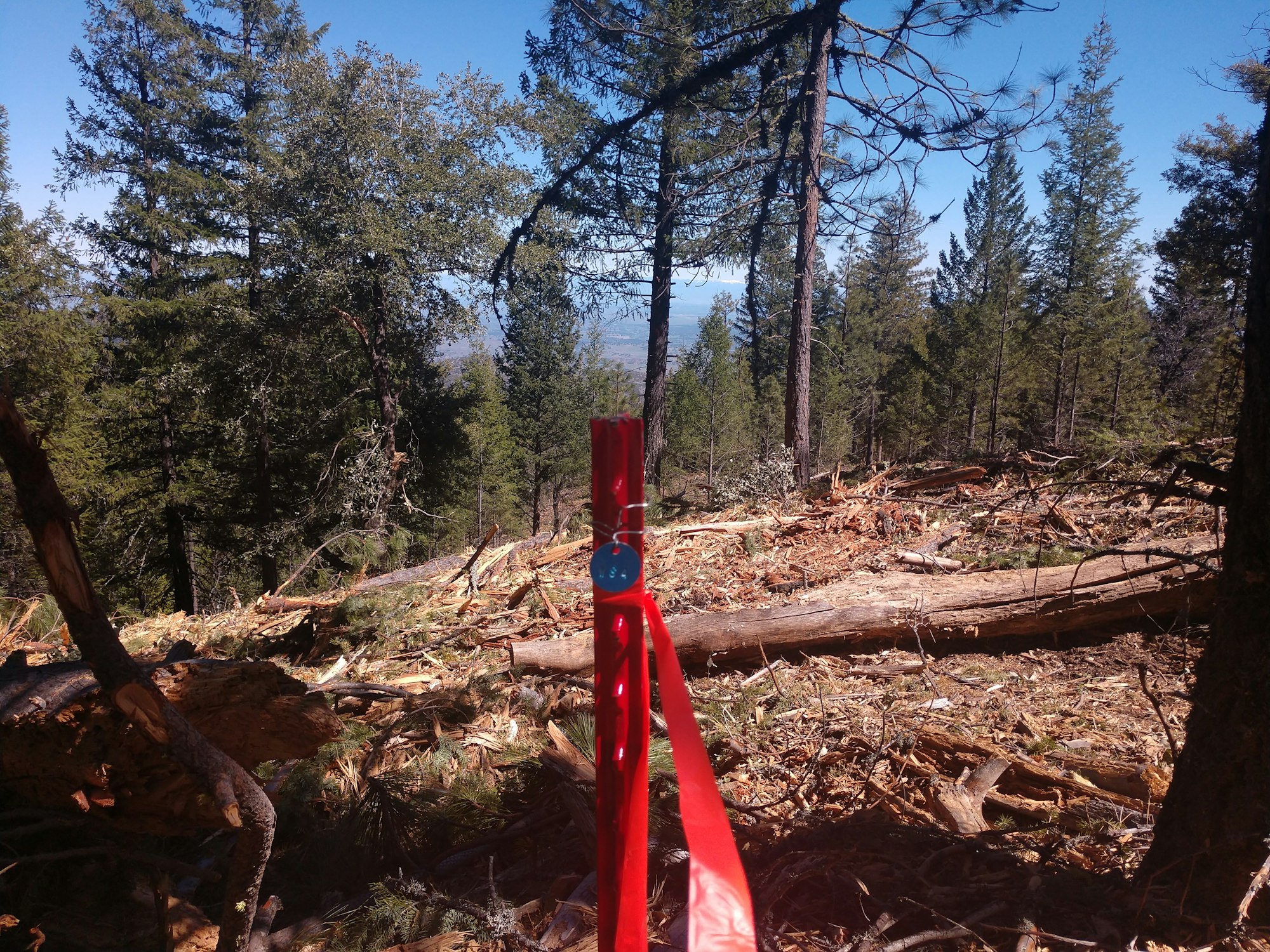

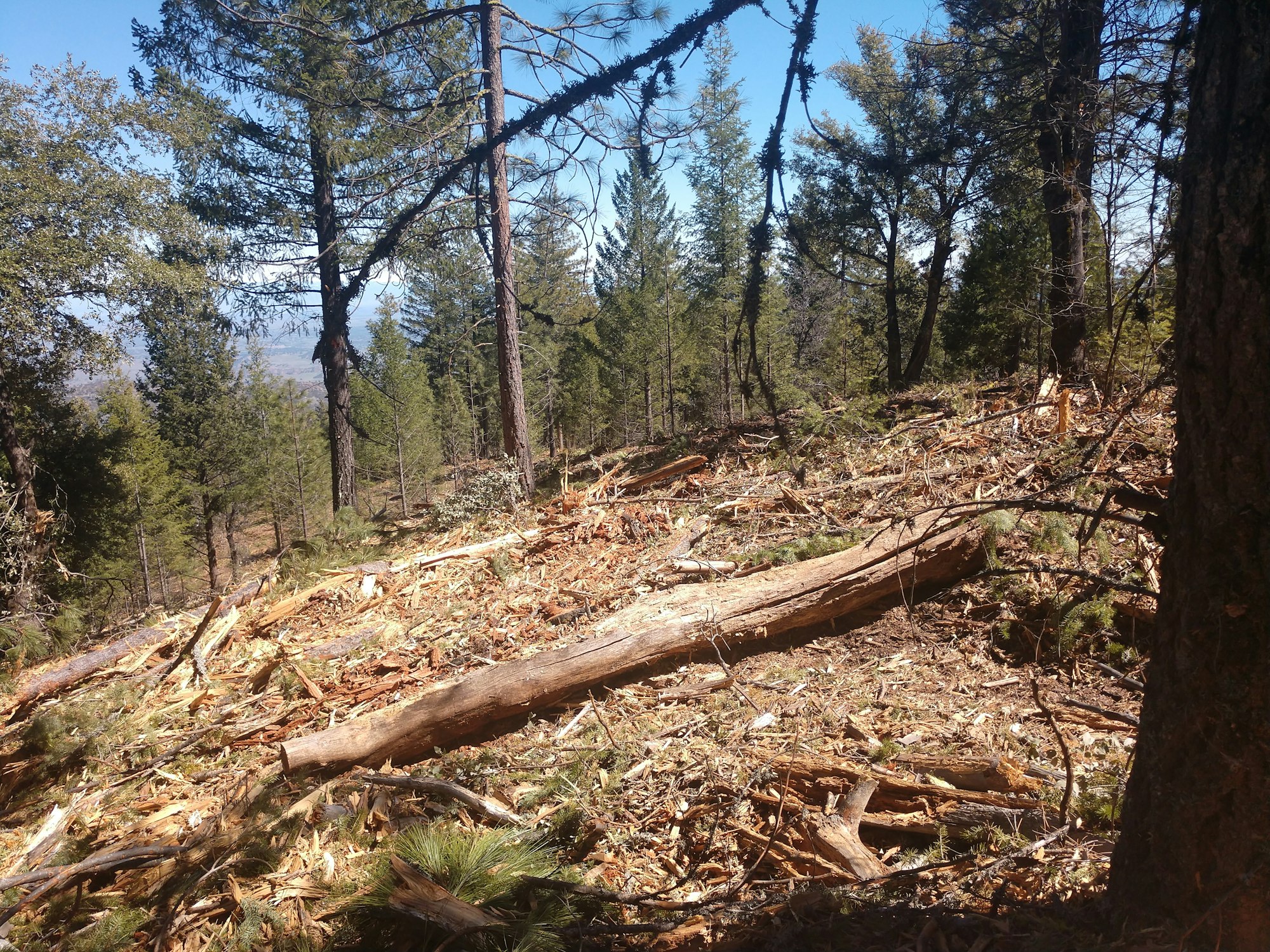





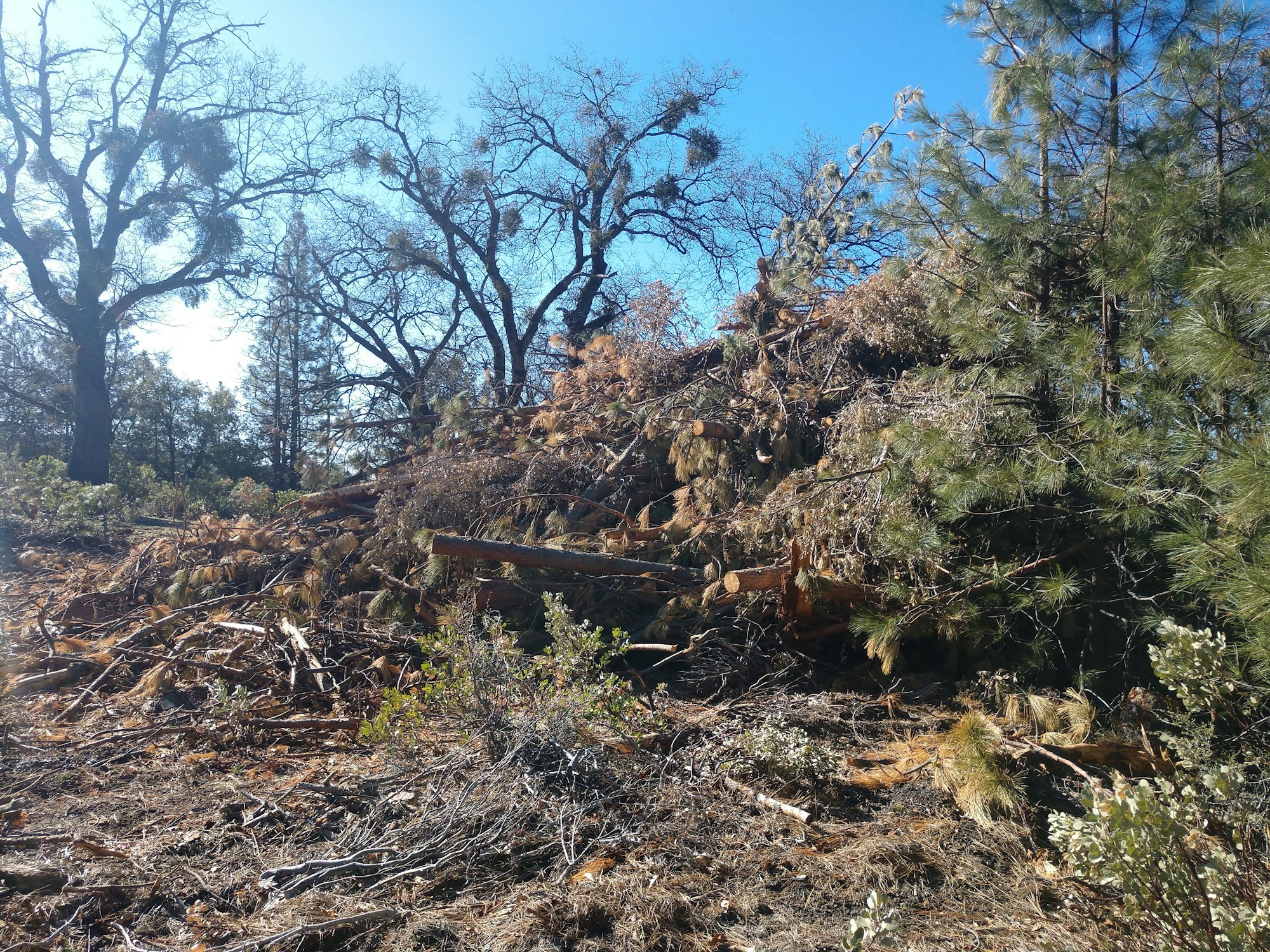















Through the Tehama Mendocino Fuel Reduction Partnership Project (Project) the Resource Conservation District of Tehama County (RCDTC), Mendocino National Forest, and Crane Mills have designed and implemented a large landscape restoration and fuel reduction project that will reestablish natural fire regimes and stabilize ecological functions. This Project began in July of 2019 with hand crews in Patton Mill and mechanical thinning treatments on South Ridge. Unfortunately, the early phases of this project coincided with the August Complex Fire. The August Complex ignited on August 16th, 2020 and lasted until November 15th, 2020. Approximately 1,032,648 acres were burned.

The Project’s original proposal was to improve fire resiliency and restore healthy fire processes through various forest management treatments. This project was designed to employ land management strategies to lessen the growing trend of severe and intense fires in the Forest with varying treatment types such as biomass, mastication, hand cut and pile, and machine piling. The anticipated positive impacts as a result of these strategies would improve and benefit multiple components of the Forest, state responsibility lands, and outlying communities including public safety, sustainability, productivity, carbon sequestration, ecosystem processes, and aquatic and wildlife habitat. Post-August Complex, the original proposal was reevaluated.
Post-Fire Update: Due to the severity of the August Complex Fire, which at the time was the largest recorded fire in California history that burned over 90% of the acreage in our project sites, the partnership has shifted treatment types in some of the remaining Project treatment areas. Over 40,000 acres of Crane Mills timberland was burned in the August Complex. The RCDTC has assisted Crane Mills with cleanup of non-merchantable timber stands and has reforested severely burnt areas by replanting nearly 175,000 trees. Herbicide has also been used as a growth inhibitor of resprouting vegetation to allow the seedlings to establish themselves, create a deep root system and become vigorous mature trees in the future. Where project sites were not decimated by the August Complex on federal lands, these areas have been masticated to minimize the amount of available fuels on the landscape post-fire. This also helps in preparing the seed bed for natural regeneration and re-establishment of the forest. These combined efforts toward fuels reduction and reforestation will help create forest stands that can withstand the next entry of fire. Overall, throughout this project, we have been able to treat more than 5,500 acres.
With more work to be done in the forest, the Tehama Mendocino Fuel Reduction Partnership Project designed and implemented Phase II Project work that created 4,531 acres of suitable landscape for future climate conditions anticipated to be hotter and dryer than currently experienced. As a result, these lands will be able to continue sequestering large amounts of greenhouse gasses and provide habitat in the future while remaining resilient to wildfire and changing climatic conditions. It is anticipated that making these lands suitable for future conditions will require wider spacing of conifers planted at higher elevations or otherwise having better growing conditions than where these species were found prior to the August Complex Fire. In addition, changes in vegetation composition will be required on sites that formerly contained poorly growing confer species but will not support conifer forests of any quality in the future. With the establishment of oak woodlands on these low elevation sites, not only will healthy productive habitat be created, these low elevation sites containing suitable vegetation will be able to continue sequestering GHS into the future.
While Phase II work centered on Crane Mills ownership, the surrounding Mendocino National Forest lands and neighboring communities benefit from the effort. Crane Mills and the district reestablished conifer species and related vegetation on appropriate mid and high elevation sites that were severely impacted by the August Complex fire. These sites include Elkhorn Ridge, Russel, Foot, Raglin Ridge, Patton Mill, and Riley Ridge. The major components of this Project entail thinning and removing hazards fuels, creating landscape scale fuel breaks, prescribed burning, grazing, planting conifer trees at a wide spacing and creating/managing low elevation oak woodland within areas formerly occupied by slow growing, poorly developed confer species. The Partnership was able to treat the acreage as follows:
Treatment type - acres completed
- Hand thinning - 20
- Piling - 2,045
- Pile Burning - 2,045
- Broadcast burn - 95
- Mastication - 581
- Herbicide - 2,651
- Planting -2115
Total: 9,552 acres
Project funding closed March 2025. The Partnership submitted a Phase III grant proposal to fund this important collaborative effort for forest and habitat restoration, soil stability, enhanced climate resilience, reduced wildfire risk, and expand fire-resilient oak woodlands.
For more information, please see this Story Map produced by CAL FIRE: August Complex (arcgis.com)
Funding for this project provided by the California Department of Forestry and Fire Protection as part of the California Climate Investments Program.
